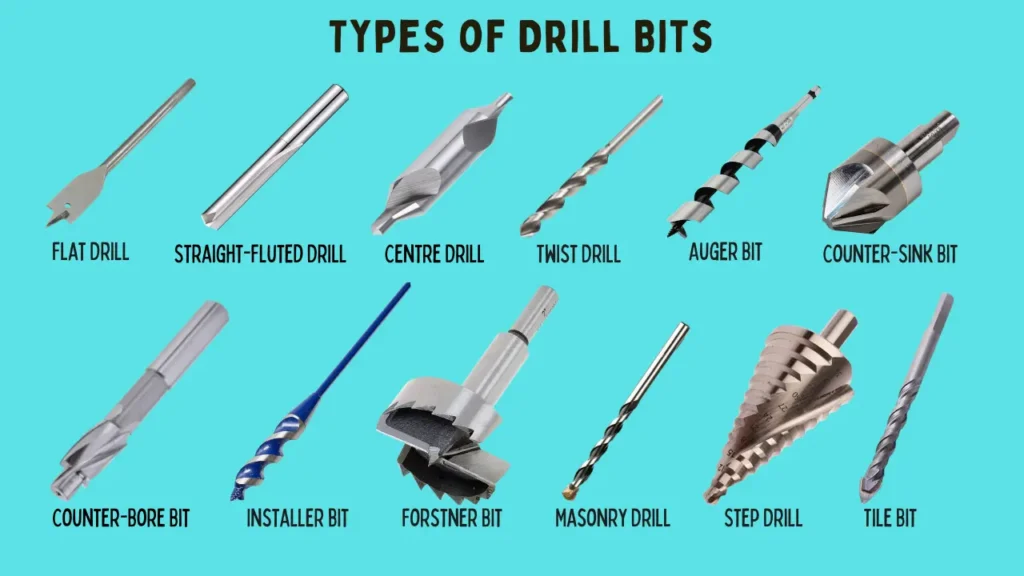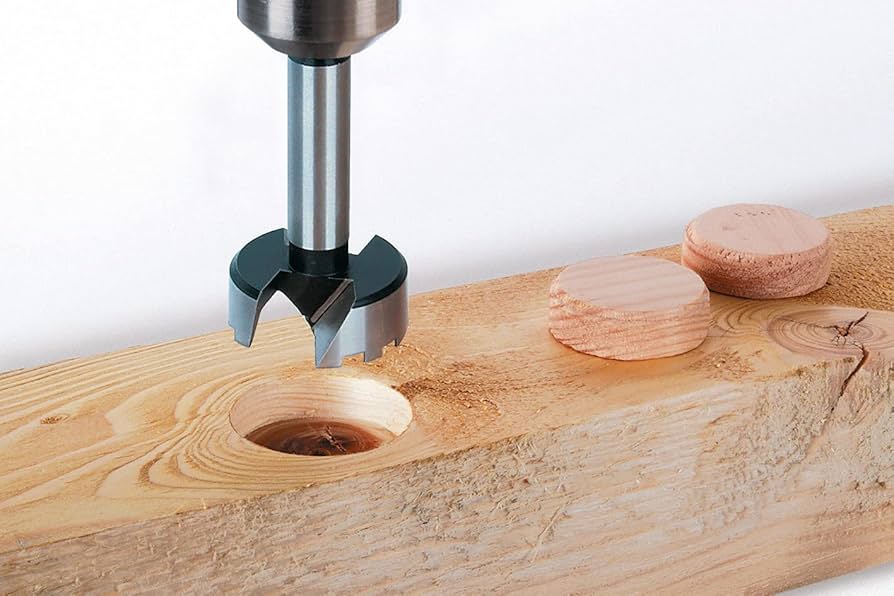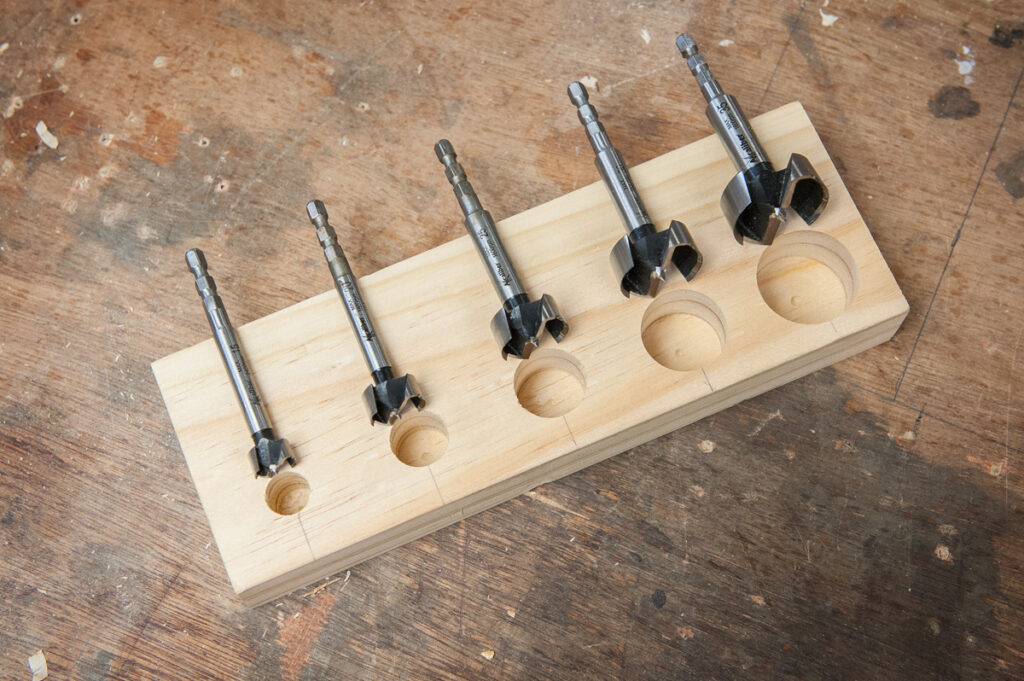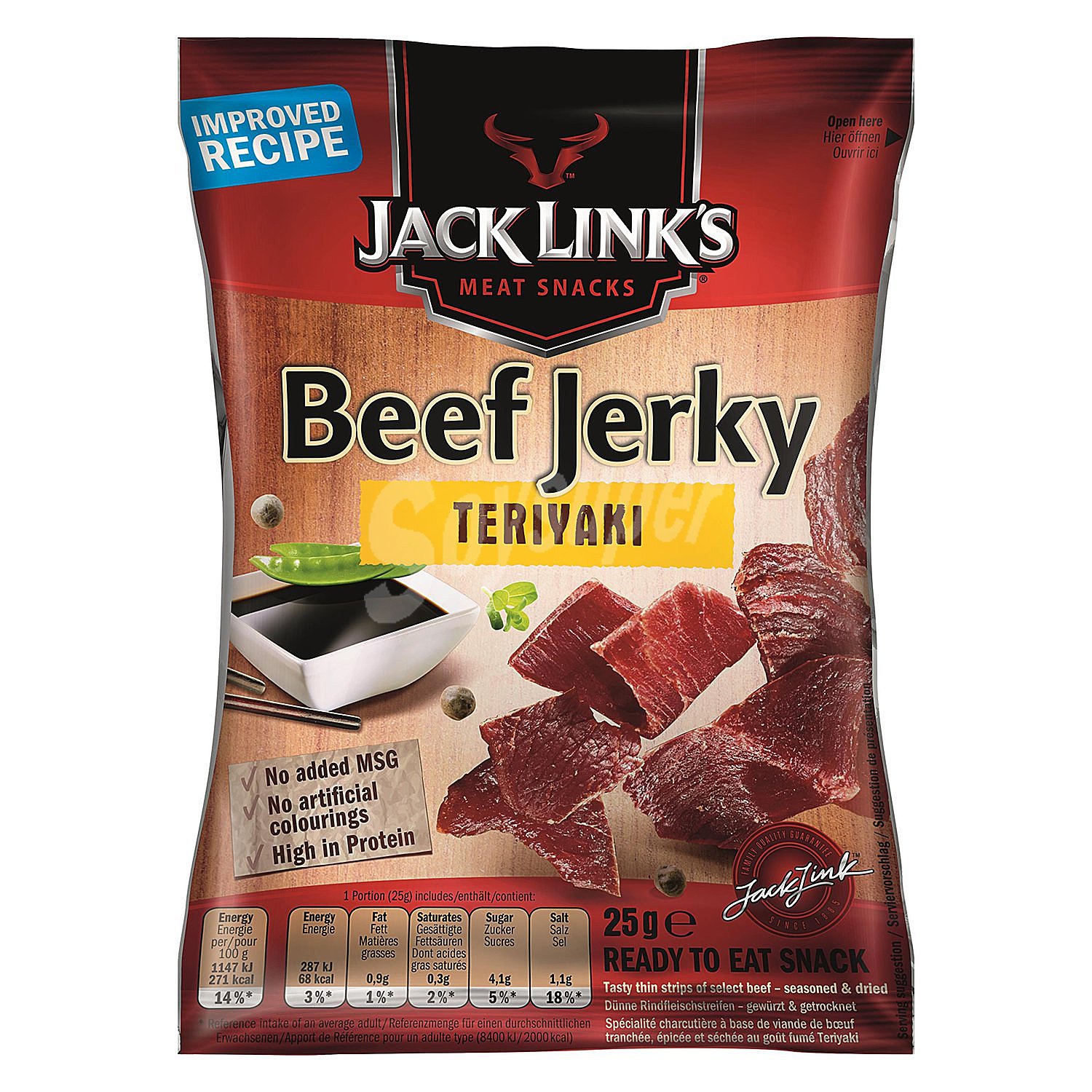
Forstner bits are a staple in woodworking, acknowledged for their capability to drill particular, flat-bottomed holes in wood and other gentle materials. Whether you’re growing clean holes for dowels, hinge recesses, or big-diameter holes without splintering, those bits excel at handing over accuracy and smooth cuts. This manual will cover the programs, materials, and sizes of Forstner bits, assisting you in choosing the right one for your woodworking tasks.
Table of Contents
Types of Forstner Bits
Forstner bits are available, each designed to cater to specific drilling desires. Here are some typical sorts:

Standard Forstner Bits: These are the most broadly used and are characterized by their sharp reducing edges and immediately top quality for drilling smooth, flat-bottomed holes in wood.
Multi-Edge Forstner Bits: Featuring a couple of decreasing edges, these bits reduce friction and warmth, allowing quicker drilling in hardwoods and making them appropriate for larger diameter holes.
Boring Bits: Similar to Forstner bits but designed with a factor and a miles broader lowering diameter, stupid bits are compelling for drilling deep holes.
Extended Forstner Bits: These are quality for drilling deeper holes than fashionable bits permit. Their longer duration makes them nice for programs requiring full-size plunge depth without sacrificing hollow exquisiteness.
Carbide-Tipped Forstner Bits: These bits have carbide tips for advanced sturdiness, making them excellent for drilling into tougher substances like hardwoods and composites.
With expertise in those particular styles of Forstner bits, woodworkers can select the appropriate device for their project requirements, maximizing overall performance and precision.
Applications of Forstner Bits
Forstner bits are designed for duties in which precision is paramount. Here are some commonplace programs:
Creating Clean Holes for Dowels: Ideal for making quality dowel joints.
Hinge Recesses: Ensures precise and clean hinge installations.
Large Diameter Holes: Useful for larger holes without inflicting splintering or tear-out.
Angle Drilling and Overlapping Holes: Perfect for boring holes at a perspective or developing overlapping holes.

Materials Suitable for Forstner Bits
Forstner bits work outstanding on the following materials:
Wood: Ideal for drilling unique holes in various varieties of wood.
Plywood: Handles plywood without inflicting vast tear-out.
MDF (Medium-Density Fiberboard): Suitable for creating clean, flat-bottomed holes in MDF.
Choosing the Right Size
Forstner bits are available in a significant range of sizes, typically from ¼ inch to 2 inches or extra in diameter. The length you want depends on your particular mission:
Dowels and Hinges: Select the size based totally on the diameter of the hardware.
Design Specifications: Correctly measure the desired hollow duration to ensure specific effects.

Conclusion
Forstner bits are vital for any woodworking project requiring precision and easy cuts. By understanding the programs and appropriate materials and choosing the precise length, you could reap expert consequences in your woodworking endeavors. Ready to raise your woodworking sport? Explore our kind of Forstner bits and get started in your next undertaking nowadays!
FAQs
Q: 1 Might Forstner bits be utilized on hardwood at any point?
A: Indeed, Forstner pieces can be utilized on hardwood; however, ensure you use a drill press or a strong hand drill to keep accuracy and avoid overheating the piece.
Q: 2 What is the best place to use even when drilling with Forstner bits?
A: It is usually advocated to use a slower velocity to prevent overheating and dulling the bit. Speeds between 800 and 1200 RPM are regularly perfect, depending on the cloth.
Q: 3 How do I maintain my Forstner bits?
A: To hold Forstner bits, preserve them smooth and free from resin construct-up. Store them in a protective case to avoid harm to the slicing edges.
Q: 4 Are Forstner bits appropriate for drilling via metal?
A: Forstner bits aren’t recommended for steel as they’re commonly designed for timber and tender substances. Use drill bits specially designed for steel.
Q: 5 Can I use Forstner bits to make shallow holes?
A: Yes, Forstner bits are extraordinary for drilling shallow holes. They can precisely create flat-bottomed holes, making them ideal for packages like countersinking.






